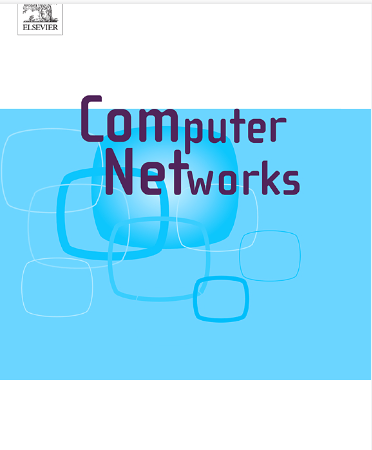Social network botnet attack mitigation model for cloud
IF 4.4
2区 计算机科学
Q1 COMPUTER SCIENCE, HARDWARE & ARCHITECTURE
引用次数: 0
Abstract
Online Social Network (OSN) botnet attacks pose a growing threat to the cloud environment and reduce the services’ availability and reliability for users by launching distributed denial of service (DDoS) attacks on crucial servers in the cloud. These attacks involve the deployment of sophisticated botnets that exploit the interconnected nature of social networks to identify targets, exploit vulnerabilities, and launch attacks. The prevalence and impact of these botnet-driven attacks have recently been studied. Although the detection of these botnet attacks is still a challenging process, it remains crucial to gain a comprehensive understanding of and evaluate the best defense strategies against botnet attacks. This evaluation can be further utilized to formulate effective defense plans to mitigate the impact of such botnet attacks. In this paper, we first investigate the properties of OSN botnet attack stages that eventually lead to launching DDoS attacks toward a cloud system. Then, we formalize a defensive model using a sequential game model to analyze both the attacker’s and defenders’ best equilibrium strategies for the proposed botnet attack scenario. Moreover, we formulate optimal strategies for the defender against various attack strategies. Our experiments reveal the best defense strategies against various attack rates to maintain cloud functionality. Finally, we discuss possible countermeasures for these OSN botnet threats.
面向云的社交网络僵尸网络攻击缓解模型
OSN (Online Social Network)僵尸网络攻击通过对云中的关键服务器发起DDoS (distributed denial of service)攻击,对云环境造成越来越大的威胁,降低了用户服务的可用性和可靠性。这些攻击涉及部署复杂的僵尸网络,利用社交网络的互联特性来识别目标、利用漏洞并发起攻击。最近对这些僵尸网络驱动的攻击的流行程度和影响进行了研究。尽管检测这些僵尸网络攻击仍然是一个具有挑战性的过程,但全面了解和评估针对僵尸网络攻击的最佳防御策略仍然至关重要。该评估可以进一步用于制定有效的防御计划,以减轻此类僵尸网络攻击的影响。在本文中,我们首先研究了OSN僵尸网络攻击阶段的特性,最终导致对云系统发起DDoS攻击。然后,我们使用序列博弈模型形式化了防御模型,以分析所提出的僵尸网络攻击场景下攻击者和防御者的最佳均衡策略。并且,针对各种攻击策略,我们制定了防御方的最优策略。我们的实验揭示了针对各种攻击率的最佳防御策略,以维护云功能。最后,我们讨论了这些OSN僵尸网络威胁的可能对策。
本文章由计算机程序翻译,如有差异,请以英文原文为准。
求助全文
约1分钟内获得全文
求助全文
来源期刊

Computer Networks
工程技术-电信学
CiteScore
10.80
自引率
3.60%
发文量
434
审稿时长
8.6 months
期刊介绍:
Computer Networks is an international, archival journal providing a publication vehicle for complete coverage of all topics of interest to those involved in the computer communications networking area. The audience includes researchers, managers and operators of networks as well as designers and implementors. The Editorial Board will consider any material for publication that is of interest to those groups.
 求助内容:
求助内容: 应助结果提醒方式:
应助结果提醒方式:


